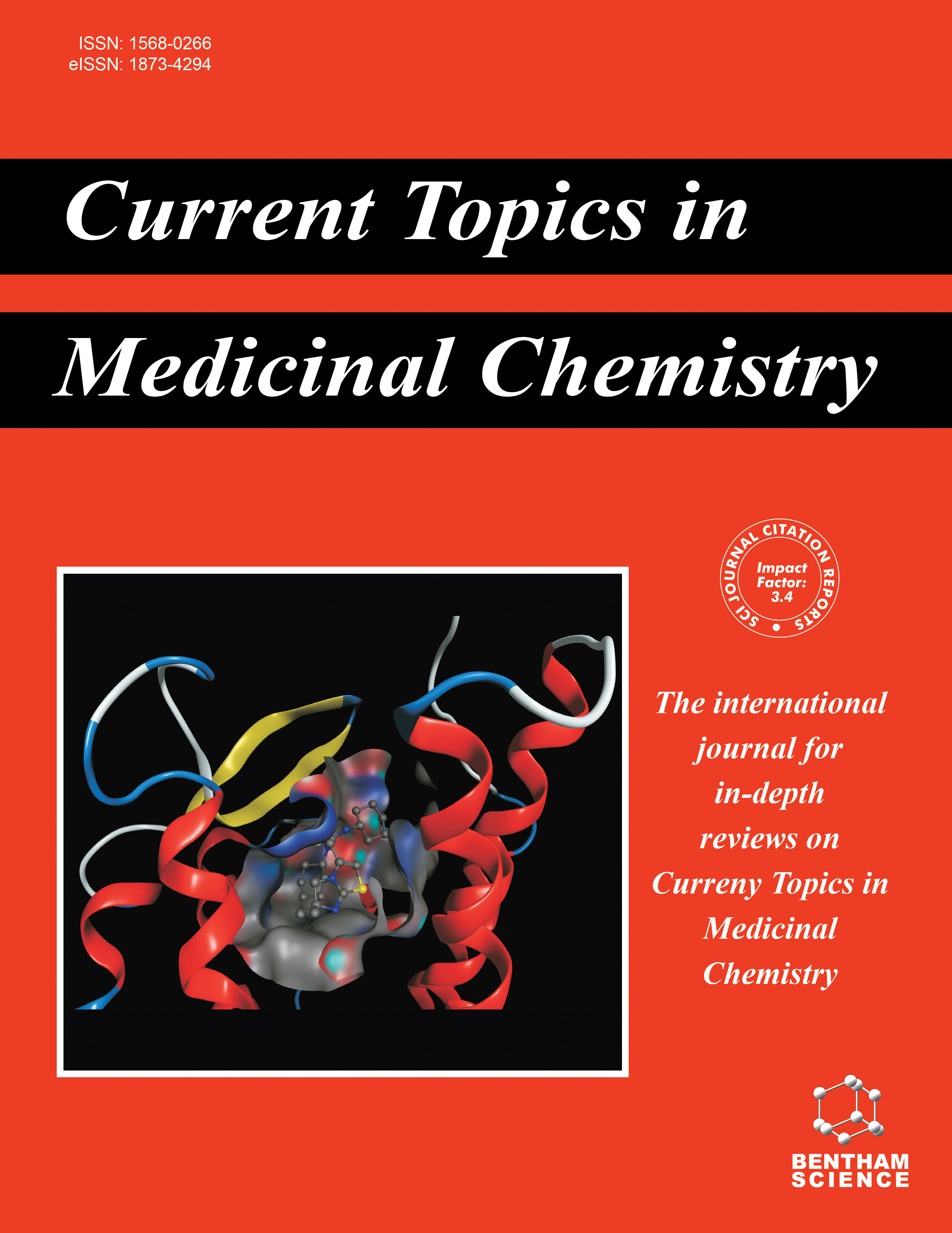
Full text loading...

This study aimed to explore the mechanisms by which interleukin-10 (IL-10) influences tumorigenesis through T regulatory cells (Treg) regulation.
Environmental factors, such as IL-10, significantly shape the immune microenvironment and tumor progression, yet the regulatory pathways remain unclear.
1) To elucidate the regulatory mechanism of IL-10 on Treg cells through in vitro assays; 2) To elaborate whether Nrp-1/PDX1 knockout affects tumorigenesis via in vivo assays.
CD4+ T cells were isolated from the healthy mice's spleen and induced to differentiate into Treg cells. Then, after being treated with IL-10 and mouse melanoma cell supernatant (CM), the expression levels of Nrp-1 and FoxP3 in Treg cells were examined via qRT-PCR and Western blotting. The ratio of Treg cells was measured by flow cytometry. The interaction between Nrp-1 and PDX1 proteins was detected through GST pull-down assay, Co-IP, Western blotting and immunofluorescence staining. STAT3 luciferase activity was detected, and the expression levels of JAK1 and STAT1 proteins were detected by Western blotting. Furthermore, the B16-bearing melanoma mice and Nrp-1/PDX1 knockout mice model were established to verify the effects of Nrp-1 and PDX1 on Treg formation and tumor development.
The results demonstrated that IL-10 promoted Nrp-1 expression in Treg cells via the JAK-STAT3 signaling pathway. Nrp-1 could combine with PDX1 to form a complex, facilitating PDX1-mediated activation of FoxP3 and Treg production. In melanoma xenograft models, targeting Nrp-1 and PDX1 using shRNAs or antibodies significantly reduced Treg levels and inhibited tumor growth. Collectively, IL-10 promotes Treg formation and tumorigenesis via regulating Nrp-1/PDX1/FoxP3 axis.
This study was the first to identify the interaction between Nrp-1 and PDX1, leading to PDX1 ubiquitination, which enhanced FoxP3 expression and Treg function in the tumor microenvironment. These novel insights highlighted the Nrp-1/PDX1/FoxP3 axis as a critical regulator of Treg-mediated tumorigenesis, offering potential targets for cancer therapy.
These findings highlight the interplay between environmental influences and immune regulation, providing novel insights into Treg-mediated tumorigenesis and suggesting potential strategies for targeted therapy.